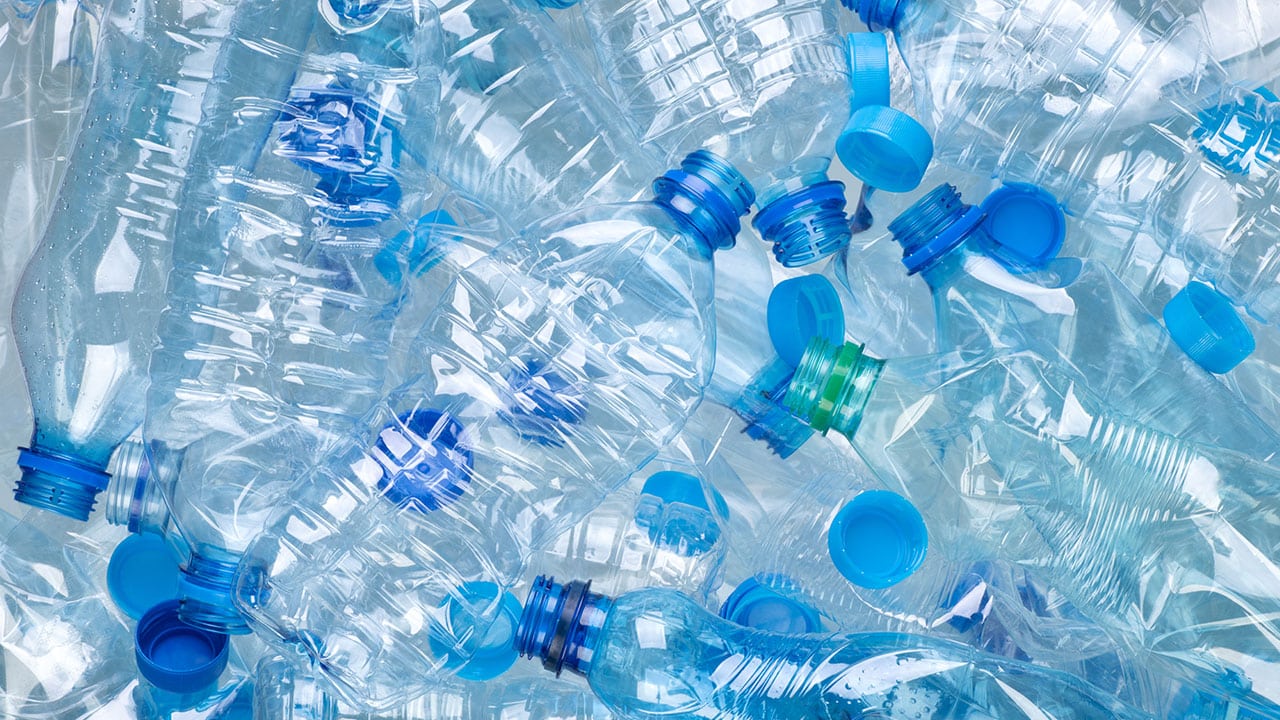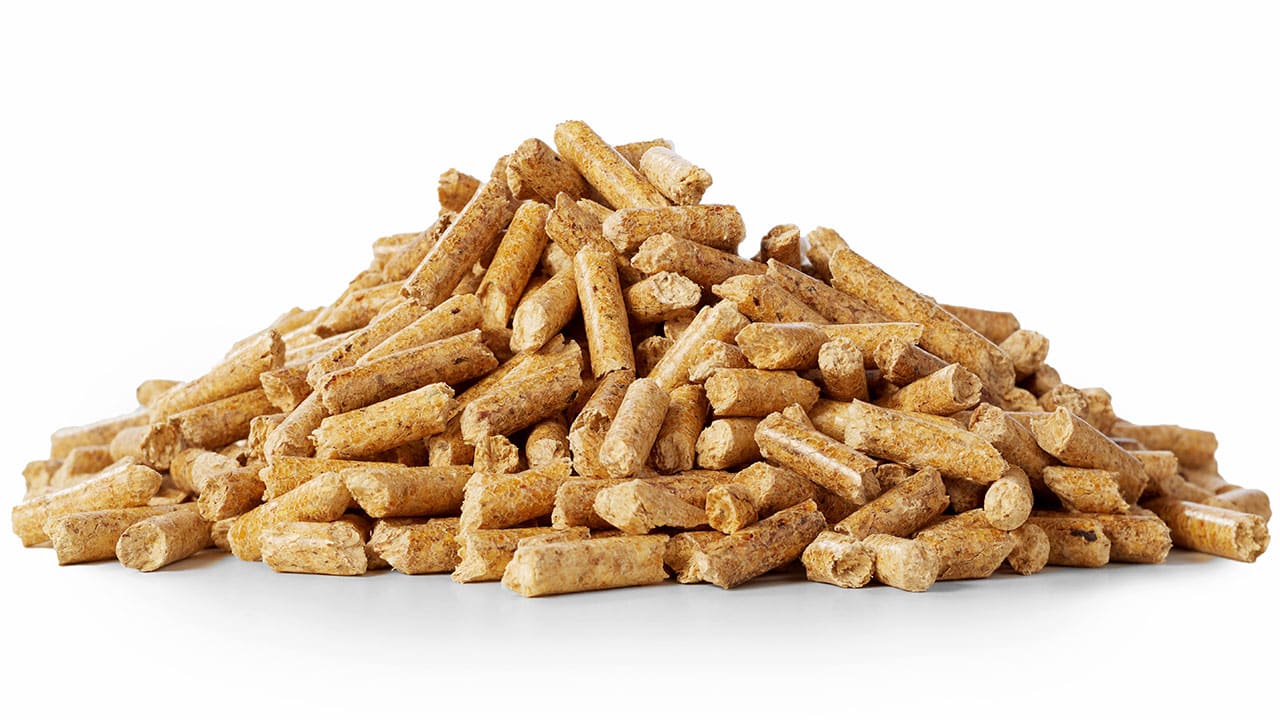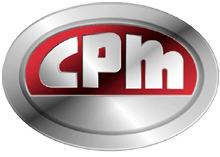In the European Union, which enforces stricter regulations related to plastics recycling, it is estimated that 38% of plastic waste was recycled. An OECD report estimated that globally, just 9% of plastic waste is recycled.
There are many factors that contribute to these low percentages of plastic waste recycling. One is that it can be challenging to process waste plastic back into its original “virgin” form. However, CPM, through CPM Extricom Extrusion, is proud to offer a solution that does exactly that.
The Challenge of Processing Plastics
Recently, in a plastics industry scientific journal, two scientists from the University of Manchester wrote, “The current global plastics economy is highly linear.”
To put it another way, plastics are generally a one-way street. We start with virgin polymers manufactured from petroleum. They are then made into plastic products.
The majority of those plastic products are thrown away after use, and the small percentage that are recycled are typically “downcycled” into lower-grade plastics than their original form.
The scientists in that same article went on to explain: “Mechanical recycling is an essential tool in an environmentally and economically sustainable economy of plastics, but current mechanical recycling processes are limited by cost, degradation of mechanical properties, and inconsistent quality products.”
Luckily, CPM Extricom Extrusion has a solution that addresses all three of those challenges.
Bottle-to-Bottle PET Recycling
Every year, more than 82-million metric tons of PET – polyethylene terephthalate – plastic are produced globally. PET plastic has many uses, but one of the most common is for single-use beverage bottles.
If you’ve picked up a Coke, Pepsi or water at the gas station and it came in a plastic bottle, there’s a good chance it was made from PET plastic.
Traditional PET plastic recycling processes have focused on “downcycling” beverage bottles into other materials that don’t have the same requirements for food safety or appearance. For example, outdoor manufacturers who recycle plastic soda bottles into fabric for fleeces and other outdoor clothing.
These are valuable steps, but they are still a one-way linear process, not the “circular economy” of plastic recycling that scientists envision for an “environmentally and economically sustainable economy of plastics.”
Recycling a used food-grade PET soda bottle back into the original material that can be used to make another food-grade PET soda bottle is a challenge, but it’s one we are able to help address.
Anton Fuerst is the Director of Business Development and Strategy in the CPM Extrusion Group, and is intimately familiar with this technology. According to Fuerst, one of the big challenges of processing PET waste back into “virgin” quality material is dealing with moisture.
After PET bottles are collected for recycling, they are processed into small flakes. Even though these flakes are dried, they still contain some residual moisture. As that moisture is extruded back into either liquid plastic or pellitized plastic that moisture can negatively affect their reprocessing back into their original form, reducing the quality of the final product.
That’s where the CPM Extrusion Group’s equipment comes into play. CPM Extricom Extrusion offers two types of extruders that are a good fit for bottle-to-bottle PET recycling: Twin Screw Extruders and the RingExtruder RE®.
In addition to their other advantages, both types of extruders offer an increased surface area as compared to traditional extruders, allowing moisture to leave the PET during the recycling process. This allows the extruders to recycle plastic back into its original virgin form, without the degradation that’s common in the process.
Fuerst states that while both types of extruder can play a valuable role in bottle-to-bottle PET recycling, the RingExtruder has an advantage in controlling the color of the recycled product.
In both cases, CPM’s extruders are capable of producing recycled PET plastic materials that are functionally identical to “virgin” PET plastic. In fact, without detailed professional analysis, it would be impossible to tell the difference between the recycled plastic they produce, and the newly formed PET.
The Path to Broader Adoption
There are a couple of obstacles that can stand in the way of broader adoption of bottle-to-bottle PET recycling technologies like CPM’s, says Fuerst.
The first can be regulatory. In some countries, regulation hasn’t caught up to allow the use of recycled PET in food-grade plastics. Luckily, that’s not the case worldwide. In the United States, EU and many other countries, it is possible to get approval to use recycled high-grade PET in food-grade applications. In 2022, for example, the EU adopted legislation designed to ensure the safety of food-grade recycled plastics.
The second obstacle can be cost. Not so much that the cost of recycled PET is particularly high, but rather that the cost of newly made PET can be so low. However, legislation is likely to drive change here as well. Washington State recently enacted a law that will require 15% recycled content in many plastic containers starting in 2023, up to 50% by 2031. California’s similar legislation required 15% starting in 2022, up to 50% by 2030. In the EU, the “Single Use Plastics Directive” targets 25% recycled material for all PET bottles by 2025.
As more states and countries worldwide require the use of more recycled PET, demand for the material is certain to increase, driving a more cost-effective marketplace for the end product. As that marketplace grows, we are ready to supply our partners with the highest quality equipment available to meet that demand.
Working for Sustainable Solutions
Enabling true bottle-to-bottle PET recycling solutions is just one part of CPM’s drive to feed, fuel and build a better world. If you’d like to learn more about how CPM solutions can help to make your processes more efficient and sustainable, contact us today. And if you’re interested in joining a team that’s dedicated to improving the world we live in, learn more about our current openings.




